How to build the ultimate PC for virtual reality
Needs a lot of real-world cash
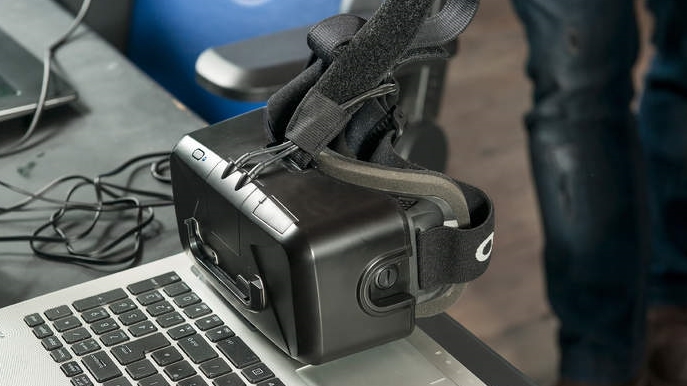
If you're going to be an early adopter of virtual reality then you'll need to be prepared to spend a lot of money. The first generation of VR headsets such as the Oculus Rift and HTC Vive cost a pretty penny, and while you can do VR on a budget, if you've already cracked out the chequebook for a substantial sum to get in on the virtual reality revolution, you might as well go the whole hog and splash out on building the ultimate PC for virtual reality.
While spending a lot on building a PC for virtual reality won't be for everyone, if you can put some money aside to beef up your machine, then your VR experience will benefit.
A more capable graphics card can help keep framerates smooth, preventing you from feeling ill, while pushing more realistic graphics can help with immersion as well.
Why spend a lot of money now?
Virtual reality is just getting started so when you build your PC for running VR you'll want to make it as future-proof as possible. It's very likely that virtual reality technology will improve rapidly over the next few years so you'll need your PC to be able to keep up. By spending extra money now you can save yourself expensive – and fiddly – upgrades in the future.
That doesn't just mean buying the most powerful – and expensive – graphics card money can buy. In fact, there's some good reasons why you should hold off buying the most expensive GPUs, which we'll get to in a bit.
However, to future proof your ultimate PC for virtual reality you should make sure you get a motherboard that can handle the new DDR4 RAM standard. Having a motherboard that can handle a second (or even third or fourth) graphics card can also help you future-proof your PC.
RAM is perhaps one of the easiest upgrades, but you might as well put in plenty now to save hassle later on – especially if you have a motherboard and CPU cooler combination that makes accessing RAM difficult.
Get daily insight, inspiration and deals in your inbox
Sign up for breaking news, reviews, opinion, top tech deals, and more.
As you'd imagine the graphics card is arguably the most important component of your virtual reality machine, and choosing the right GPU is probably the most complex decision you're going to make. Not only will you have to consider whether to go for Nvidia or AMD cards, but also how much graphics memory it comes with as well.
Graphics cards with 2GB of GDDR5 are pretty commonplace these days, but for the ultimate PC for virtual reality you're going to want to be looking at 4GB or higher. As a general rule, the higher the memory, the better the GPU will be at supplying high resolution graphics to multiple displays.
While in the past the phrase "multiple displays" referred to the number of monitors on your desk, with VR each eye can be classed as a display. By getting a graphics card with a large amount of memory you won't be limited in the future when VR games and experiences get even more ambitious.
You can benchmark your current PC - or the PC you've just built - to see how well it can handle VR by following our steps in the video below.
Why shouldn't you spend a lot of money now?
If you want to build the ultimate PC for virtual reality then it's inevitable that you're going to spend quite a lot of money, but there's some compelling reasons why you should hold off splashing huge amounts of cash on certain components.
While it's reasonably safe to put money down on DDR4 RAM and Intel's (or AMD's) latest and greatest CPU, graphics cards are on the cusp of some pretty big changes thanks to new technology currently being worked on by GPU manufacturers Nvidia and AMD.
Both companies are rumoured to be releasing GPUs with new technology later this year, which means if you splash out on a top-of-the-range GPU right now, you may find it doesn't seem quite so bleeding-edge in a few months' time.
For example, Nvidia's Pascal graphics architecture is rumoured to have 17 billion transistors, which is more than twice that found in the Titan X and GTX 980ti, and could support up to 32GB of VRAM. AMD's Fiji GPU technology is also rumoured to have similar performance boosts over its predecessors.
Of course just because new and faster graphics cards are coming out later this year, it doesn't mean that your new GTX 980ti is going to be suddenly out of date – if you've just bought a top of the line GPU then you'll still be good to go for a few years yet. However, bear in mind that when the next generation of GPUs launch the current crop of top-end GPUs should drop in price, so if you can wait a few months for a new GPU then you may be able to bag yourself a bargain.
Once you've made up your mind about how much money you're willing to spend, and which components you want to make sure are completely cutting edge, then read on for our ultimate virtual reality-ready gaming PC.
3.30GHz Intel Core i7-5820K hex-core processor
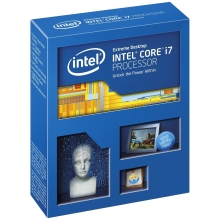
While the minimum CPU recommendations for both of the big dogs of VR are relatively sedate (the Oculus Rift recommends an Intel Core i5-4590 processor), as we're building the ultimate VR gaming PC we're going to make sure that our machine is future proof for years to come, so that there will be no chance of our processor bottlenecking performance in the future.
That's why we've gone for the six-core Intel Core i7-5820K CPU, which is arguably the best CPU for gaming that's available right now. While some may argue that four cores are plenty for your CPU, we're really looking into the future when it comes to this build, and when virtual reality, along with positional audio and other bells and whistles, becomes ever more demanding, we'll want to make sure our CPU can keep up.
At the moment it's also not that much more expensive than the quad-core (and still excellent) Intel i7-6700K, so if you can muster up a bit of extra budget for your CPU, we think it's worth it. The Intel Core i7-5820K's clockspeed of 3.3GHz is fast, and although the i7-6700K comes out of the box at 4GHz, you can easily overclock the i7-5820K to get an even bigger performance boost.
While getting a six-core monster CPU is a lot about future-proofing, it can also pay off right now as well. Virtual reality is so new that there's a worry that many games could be unoptimised until developers truly get to grips with the hardware. With a six-core CPU, you can brute force unoptimised games into performing much better, so you'll have an excellent VR experience right off the bat.
That said, the i7-6700K is also an excellent choice for CPU for our ultimate VR build.
Asus ROG Rampage V Extreme motherboard
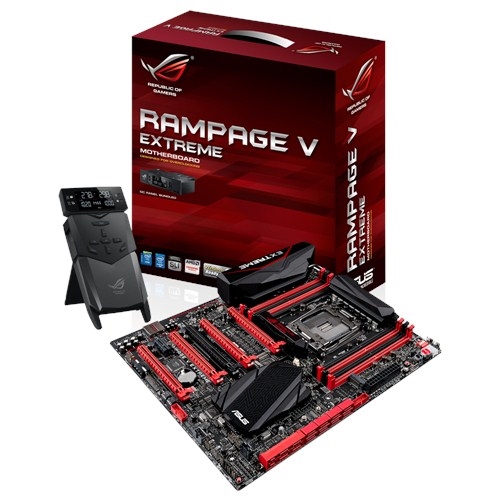
Now that we've chosen our CPU we can choose a motherboard that supports it. The Intel Core i7-5820K uses the LGA 2011-v3 socket, so we've gone for the excellent Asus ROG Rampage V Extreme motherboard. This is a mobo that's been designed with gaming in mind, which means your top-of-the-range components are going to be well served when plugged into this motherboard.
Along with support for the Intel Core i7-5820K, it can handle up to 64GB of DDR4 RAM and four graphics cards in SLI or Crossfire configuration. The amount of goodies this motherboard packs would take too long to list, but highlights include SATA 6Gb/s support, an easy-to-use BIOS and an OC Panel that lets you quickly and easily apply overclocks to your hardware.
For both the Oculus Rift and the HTC Vive you need some spare USB ports – for the Rift you need two USB 3.0 ports, and for the Vive one USB 2.0 port. Luckily the Asus ROG Rampage V Extreme motherboard has plenty of USB 3.0 ports for you to plug your VR headset (and more) into.
Nvidia GeForce GTX 1080 8GB x 2
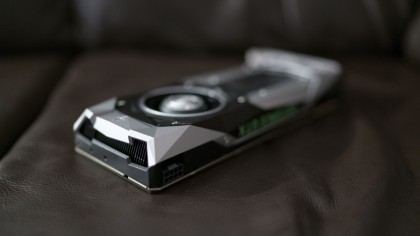
While Nvidia's 12GB Titan X graphics card is one of the most expensive you can buy, we're recommending you go for the Nvidia GeForce GTX 1080 8GB instead. The reason for this is that despite the price gap, the GTX 1080 performs brilliantly compared to the Titan X, while costing almost half the price.
With that saving you can buy a second GTX 1080 – which is exactly what we've done here. There's been some debate about whether or not virtual reality will benefit from multiple graphics cards, but Nvidia has been particularly vocal about its VR SLI technology which will allow multiple GPUs to be designated to specific eyes. That means we can have one GTX 1080 render graphics for the left eye, and one for the right.
For the ultimate virtual reality experience we'd recommend sparing as little expense as possible when it comes to graphics cards, but if your budget won't stretch to two GTX 1080s, then one would still do the trick.
32GB Corsair Vengeance LPX DDR4 memory 3000MHz
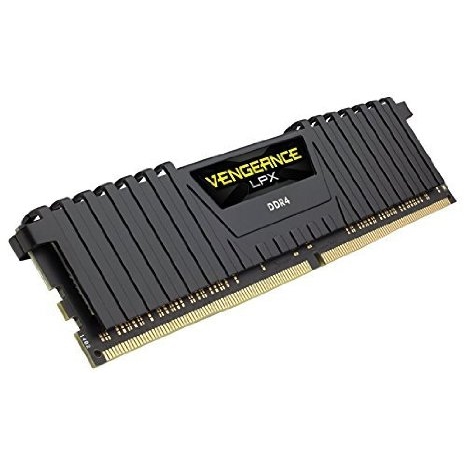
Yep, you read that right: we've gone for a huge 32GB of DDR4 RAM, which may seem like overkill, but we're not messing about when building our ultimate PC for virtual reality. Coming in four sticks of 8GB, this incredibly fast RAM will make sure our PC continues to fly no matter how demanding our VR setup is, and it will ensure that this rig is completely future-proof for years to come.
Samsung 850 EVO 1TB 2.5-inch SSD
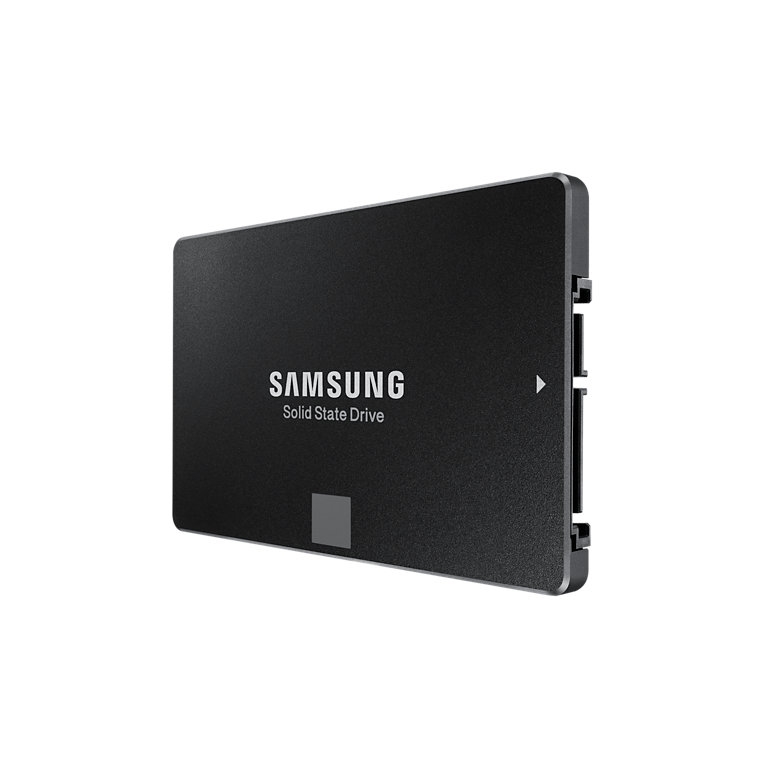
We're not messing around with the hard drive in this beast either, so we've put in an SSD with 1TB of storage – a pretty huge amount for a solid state drive. This means we can partition 100GB for installing Windows 10, which will make the PC boot up nice and quickly, while still having plenty of room to install our virtual reality games and apps.
By having them installed on a solid state drive it can help improve performance in games – leading to a smooth experience that's crucial to enjoying VR – and it will also cut down on loading times as well, which is ideal if you don't want to hang about when you fancy jumping into a virtual world.
Corsair RM1000i modular PSU
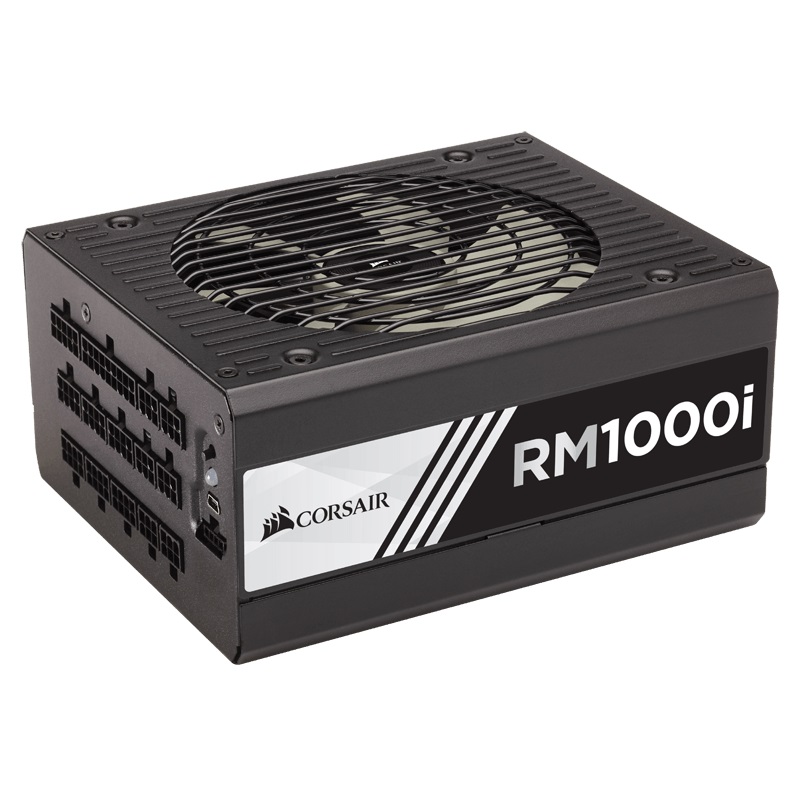
With all this top-of-the-range tech inside our ultimate VR PC, we're going to need to make sure we have a Power Supply Unit (PSU) that can provide enough juice to all the components. This is why we've gone for the Corsair RM1000i modular PSU, which is capable of supplying 1000 watts. It's good to have a PSU that can provide more power than you need, as it gives you room to upgrade later on, and it will also run more efficiently.
Talking of efficiency, the Corsair RM1000i has an 80 Plus certificate. This means the PSU will only waste 20% or less of its energy as heat, reducing bills and noise levels. We're also partial to modular PSUs, which means all the power cords can be plugged in one-by-one, rather than all spilling out of the PSU. This keeps things tidy when you're building and upgrading your PC.
Cooler Master HAF X case
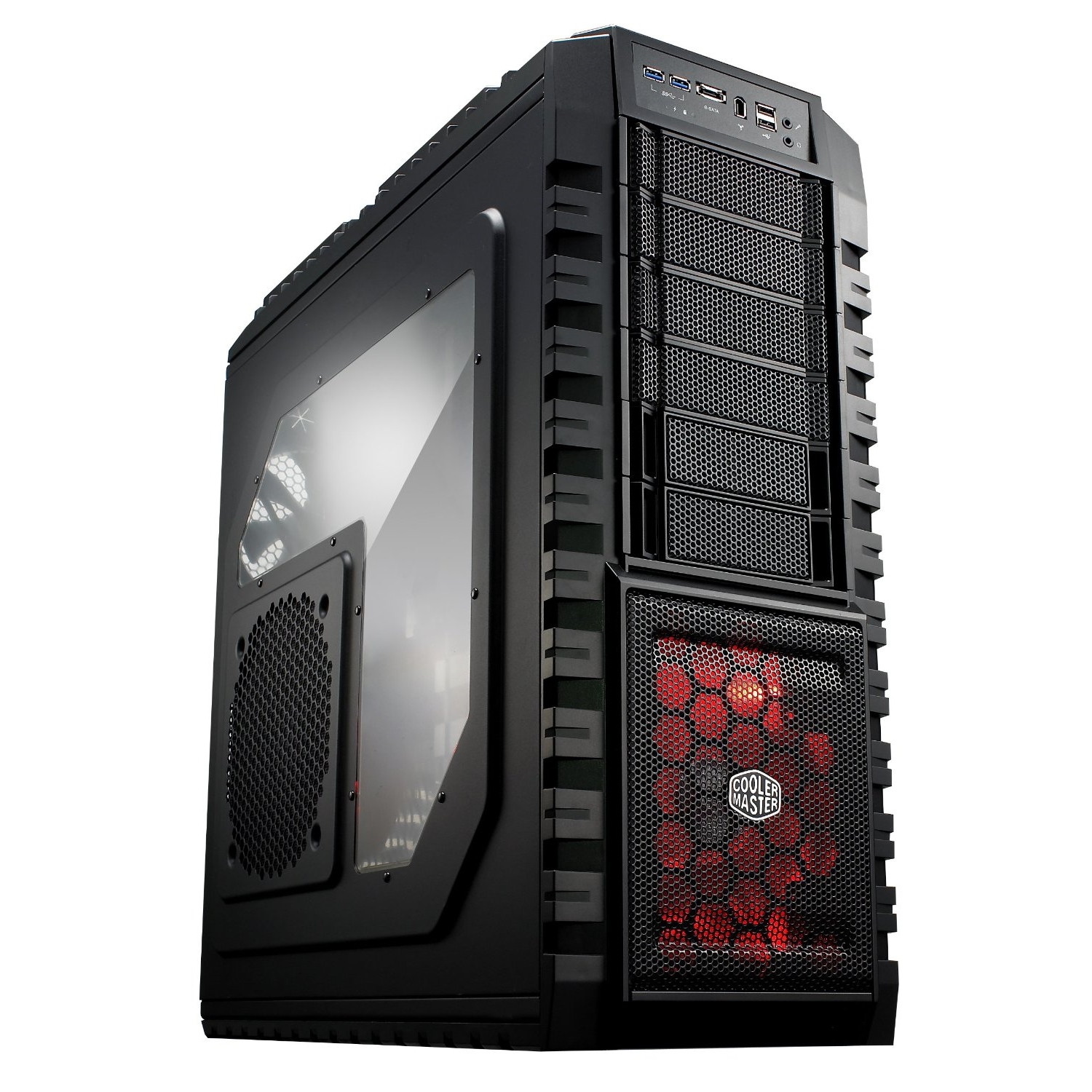
We've got a lot of kit in our ultimate PC, so we want a chassis that's worthy (and able) to hold it all. The Cooler Master HAF X is a great choice for this as it's a full tower, which means we've got plenty of room to fit in all of our components, as well as adding a liquid cooling solution to keep our CPU nice and cold.
The Cooler Master HAF X case also allows you to place a number of large fans which are ideal for virtual reality as they can keep the PC cool even when it's working hard, and they won't need to spin at full speed, which would cause immersion-breaking noise.
Microsoft Windows 10 Home OEM (64-bit)
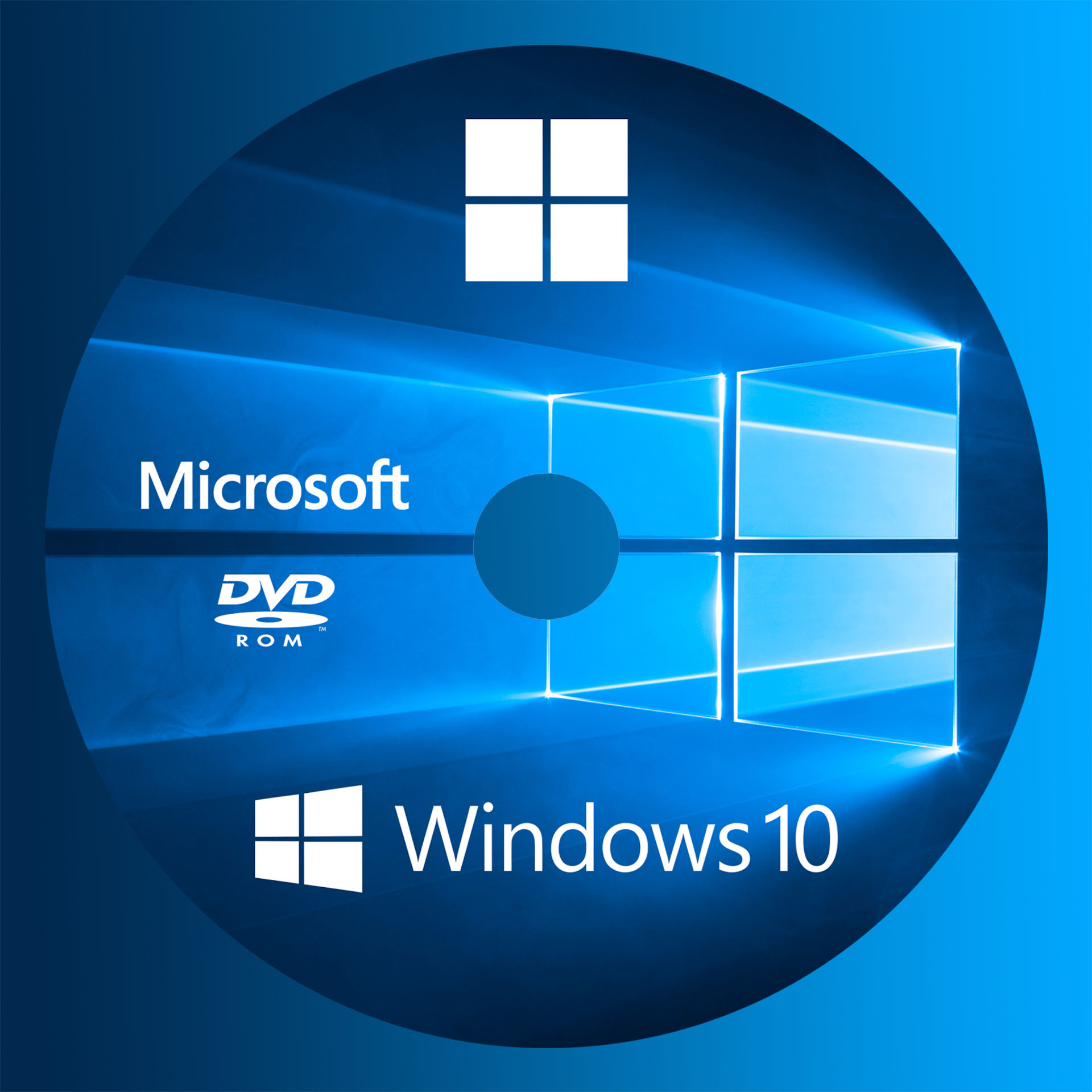
The least glamourous part of building a PC is choosing the operating system, and while the free Linux-based Steam OS is an increasingly viable alternative to splashing out on Microsoft's operating system, Windows 10 still remains the best choice, if only because of its widespread support for virtual reality games and apps.
One day that might change, and Valve is looking at building a Steam interface for virtual reality headsets that means you can easily use the software without taking off the headset, but for now if you want the best VR experience, you're going to have to set a bit of your budget aside for a Windows 10 licence.
Alternative builds
The best thing about building your own PC for virtual reality gaming is that you hand pick the parts yourself, so if you're not too convinced with our choices you can swap them out for something that's more suited to your needs or budget. It means you can shop around for the best prices as well, and because you're not paying a premium for a company to build it for you, you can end up saving cash that you can invest in more powerful hardware.
However, building your own rig isn't for everyone. While it's quite straightforward – see our how to build a gaming PC: a step-by-step guide to building the best PC guide – you may not have the time, patience or desire to get stuck in and build your own machine.
There are loads of manufacturers who have built ready-made VR machines for you, while shops such as Origin, Digital Storm and Maingear in the US (as well as Overclockers and PC Specialist in the UK), will let you pick and choose components and build the PC for you, which is the best of both worlds.
- It's VR Week: a whole week of virtual reality coverage

Matt is TechRadar's Managing Editor for Core Tech, looking after computing and mobile technology. Having written for a number of publications such as PC Plus, PC Format, T3 and Linux Format, there's no aspect of technology that Matt isn't passionate about, especially computing and PC gaming. He’s personally reviewed and used most of the laptops in our best laptops guide - and since joining TechRadar in 2014, he's reviewed over 250 laptops and computing accessories personally.